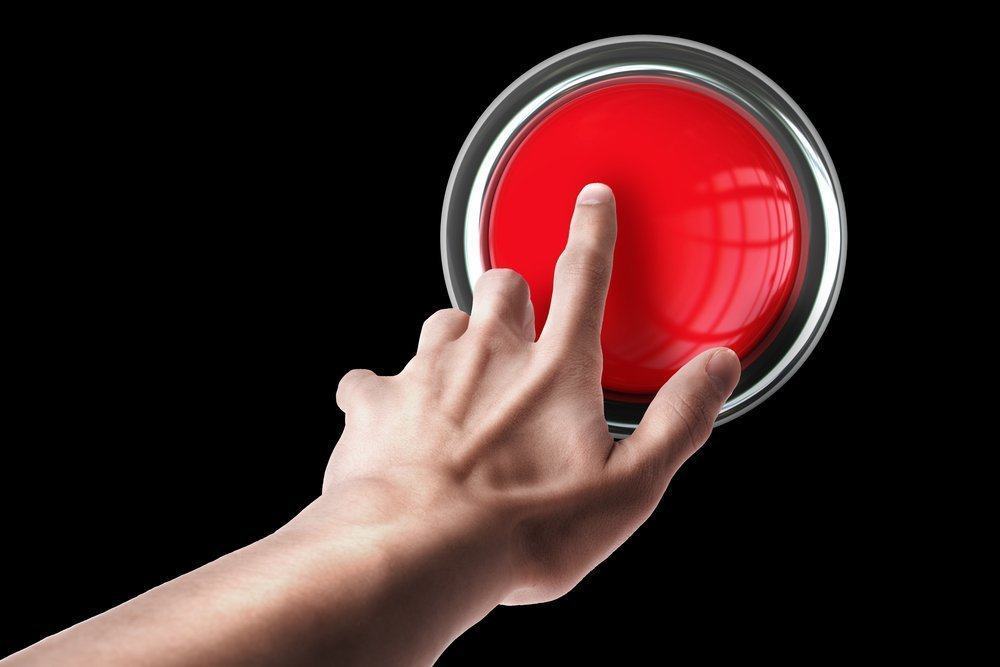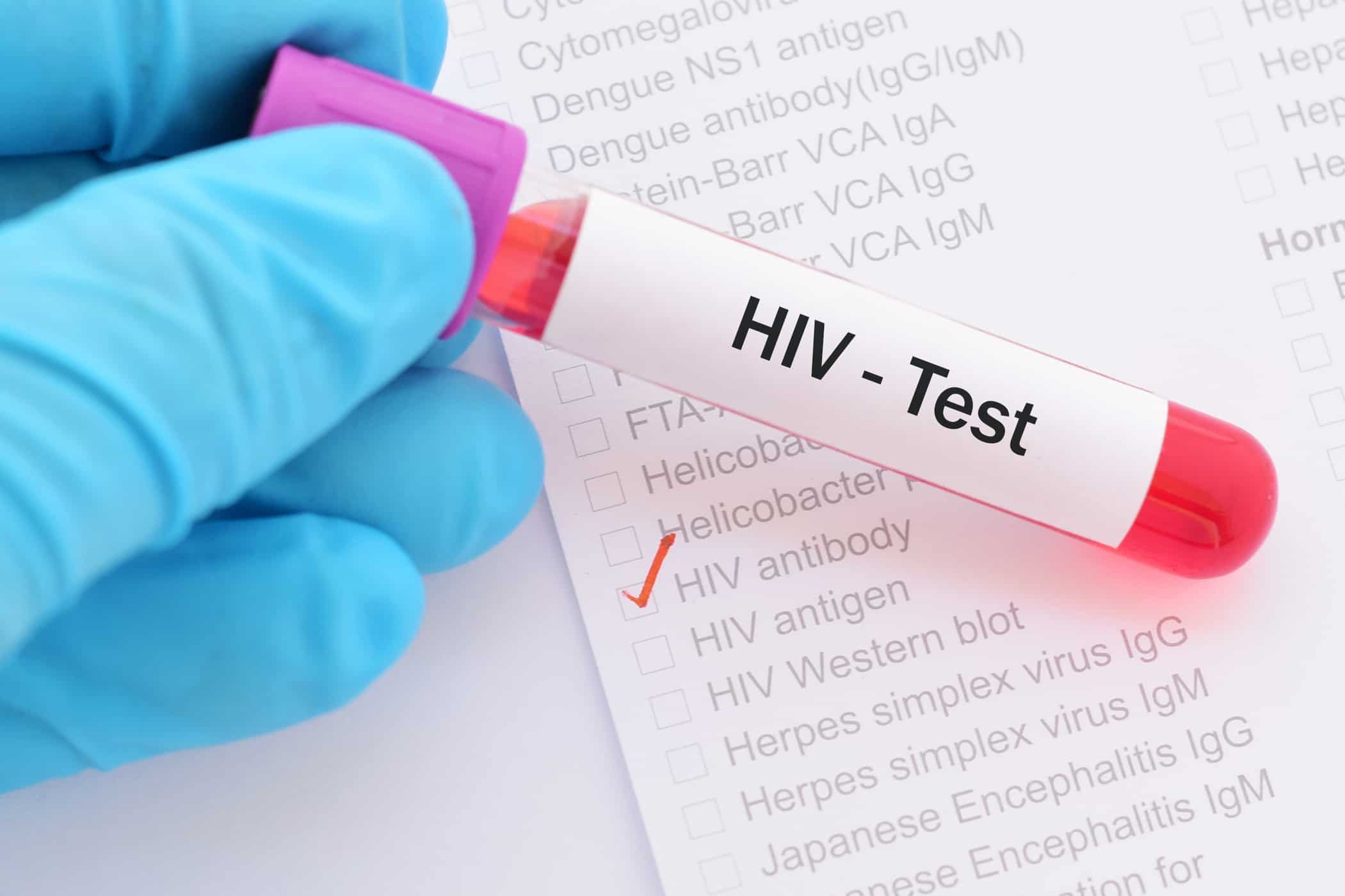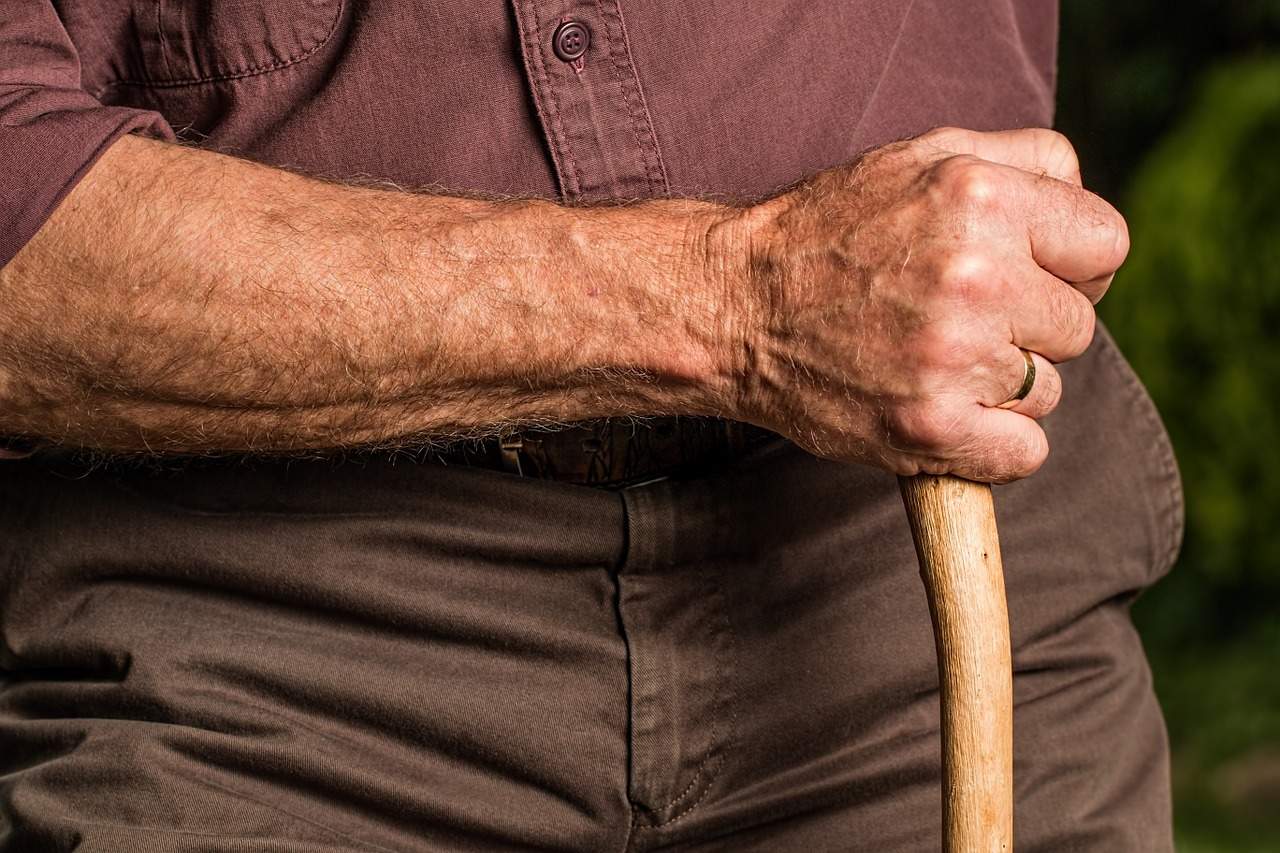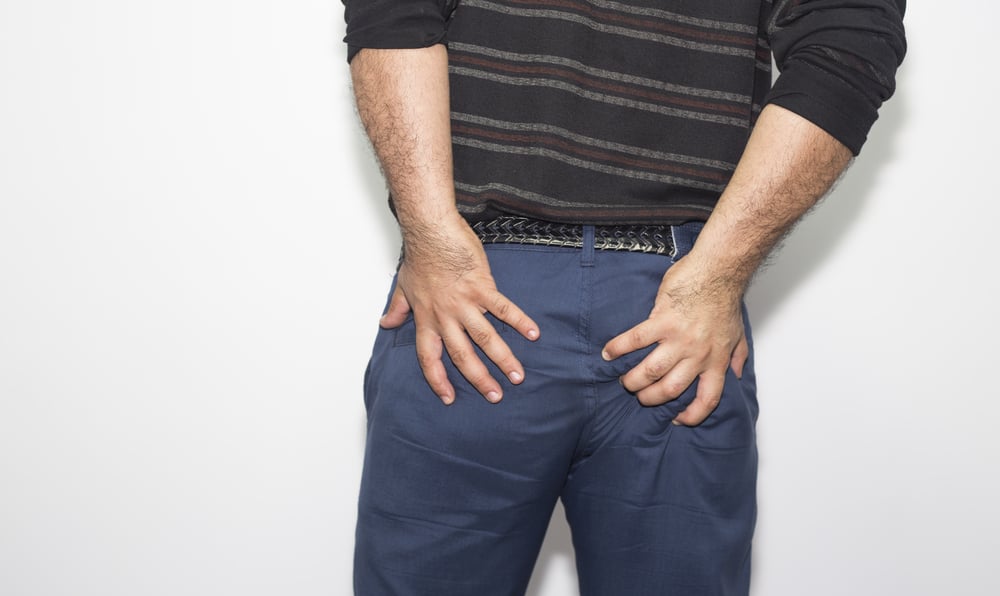Contents:
Medical Video: Dr. Oz reveals the secret of the G-spot
This one question is probably one of the most controversial questions surrounding human sexual function: does the G-spot really exist? And if there really is, how do you find it?
G-spot is an area in the vagina that is said to have super sensitivity, which if stimulated can cause strong sexual arousal and orgasm. Although the concept of vaginal orgasm has been around since the 17th century, the term G-spot was not created until the 1980s. The G-spot was discovered by Ernst Gräfenberg, a German gynecologist, whose 1940 study documented this sensitive area in the vagina of several women.
Where is the G-spot?
Gräfenberg describes the erogenous zone at 5-8 cm above the vaginal opening, or on the front wall of the vagina, which correlates with the position of the urethra at the other end of the wall. He revealed a complex of blood vessels, nerve endings, and remnants of the female prostate gland in the same area; shows that in a small proportion of women - especially those with strong pelvic floor muscles - stimulation in this zone can trigger strong orgasms and release small amounts of fluid from the urethra that is not urine (such as male ejaculation).
Secrets are now beginning to spread about the magic button on the front wall of the vagina. Many couples are trying time and energy to hunt for this passion button - often in vain. Some feminists, claiming that the G-spot publicity is an attempt by men to restore the spotlight to the importance of vaginal penetration, after public attention shifted to the clitoris during the 60-70 'sexual revolution.
The controversy surrounding the G-spot arises because there is no agreement on what the physical form of this passionate zone is, and while some women can experience orgasm through G-spot stimulation, some feel uncomfortable.
They are pro G-spots
Preliminary research on the G-spot by Addiego, reported from the Huffington Post, was based on a woman who reported the area swollen after being touched, which made her experience increased sensitivity, satisfaction, and the urge to urinate - all of these characteristics led Addiego to a conclusion that The female orgasm experienced from this stimulation is similar to male orgasm.
However, a new review showed that the woman also reported that, during the laboratory test, she had been diagnosed with type 1 urinary hernia (cystocele), a condition in which the bladder supporting tissue and vaginal wall weakened and stretched, thus allowing the bladder urinary to protrude into the vagina. This side effect of cystocele makes the woman a weak candidate to be used as a basis for sexual theory with minimal medical evidence.
According to a journal published by Journal of Sexual Medicine from a gynecologist from the Institute of Gynecology of Florida, Adam Ostrzenski, he managed to find the anatomical existence of the G-spot - a half-sized nerve clot. However, a number of researchers refute this evidence. The reason, Ostrzenski's research was only based on an autopsy from the bodies of Polish women who died from head trauma, making it almost difficult to declare clinical studies.
In 1981, a sexologist named Beverley Whipple contributed to the assistant writer of a book entitled The G-spot And Other Discoveries About Human Sexuality. He studied 400 adult women and claimed that all research participants had a G-spot.
One 2008 study used ultrasound imaging to explore a woman's vaginal wall, and found tissue thickening in an area suspected of being a G-spot in women who experience vaginal orgasm. Women who reported never having vaginal orgasm were found to have thin tissue in the area.
Other researchers have searched for physical evidence. Biopsy of the vaginal wall tissue in the area with the G-spot is often found to have more nerve endings than other vaginal wall areas. However, other imaging studies cannot find conclusive evidence of the G-spot. Researchers show that sensitivity to the human body is not determined based on the number of nerve endings.
They are against the G-spot
Evidence to support or reject the existence of the G-spot is still blurred, and often is a mere sensation. One study that refutes the existence of this magic button is based on the results of an MRI scan of a woman. Debate whether or not the G-spot further becomes a gray area by disputes about the terminology of various regions in the vagina, and also where a certain structure begins and ends.
Apart from previous studies, the researchers say that the vagina does not have anatomical relations with the clitoris. A 2012 study published in the Journal of Sexual Medicine reviewed research around the G-spot over the age of 60 years and found that radiographic studies proved unable to show unique entities other than the clitoris, whose direct stimulation leads to vaginal orgasm. Likewise, a 2015 Clinical Anatomy study stated that the anterior wall of the vagina - the location of the alleged G-spot - did not have anatomical relationships with the clitoris, and that the G-spot or vaginal orgasm was just fake news, aka hoaxes.
A better way to understand the G-spot might be to view it not as a "button" but rather in an area in the big picture of a woman's anatomical structure. Reporting from MIC, a 2014 study published in Nature Reviews Urology explained that, although the G-spot cannot be identified by exact science, the vagina is a very complex structure that can reach orgasm in many ways.
However, we cannot rule out the real experiences of a number of women
The anatomical relationship and dynamic interaction between the clitoris, urethra, and anterior vaginal wall have caused a complex concept of clitourethrovaginal, defining a multifaceted and variable morphofunction area which, when properly simulated at penetration, can induce an orgasmic response.
Scientists may not be able to find the exact location of the G-spot, but this does not change the fact that many women with varying percentages - ranging from 7-30 percent - have achieved successful orgasms from penis-and-vaginal sex only. The key is, some women may be more sensitive and easily aroused by anterior wall stimulation, while others do not.
The physiological response of the G-spot orgasm is different from the response shown in the clitoral orgasm. During the clitoral orgasm, the tip of the vagina (near the openings) bulges out; however, at the orgasm of the g-spot stimulation, the cervix is pushed into the vagina.
Up to 50 percent of women issue various types of fluids when excited or sex, generally going out during orgasm, and especially at orgasms from G-spot stimulation. So, what's the difference between the two?
Urine during penetrative sex is usually the result of stress urinary incontinence. Some women do not experience other symptoms of this condition, such as bedwetting when sneezing, coughing, or laughing, but will only 'wet your bed' during sex. "Squirting" is a "leak" fluid with a urine-like texture during orgasm. Squirting is thought to occur due to strong contractions in the muscles around the bladder during orgasm.
Female ejaculation, most often reported through G-spot orgasms, is something different from the two conditions above. Women who experience it report fluid that comes out like white milk, with a volume of one teaspoon when released. The content of female ejaculation has been chemically analyzed and it was found that this liquid is similar to the semen of male semen. Allegedly, female ejaculatory fluid is produced by a female prostate (Skene gland).
So, does the G-spot really exist?
In short, all statements that the G-spot is physically tangible and can make women who have never experienced vaginal orgasms doubt themselves; Meanwhile, the statement that the G-spot is a myth makes women who experience stimulation from the area also doubt themselves.
Kait Scalisi, a sex educator, reported from MIC, said that it's okay to explore, but don't get hung up on uncertain things. If you are satisfied with the orgasm you have experienced so far, continue what makes you happy. If you want to try exploring deeper and looking for your G-spot, do it.
If it doesn't work? It is okay. The G-spot is not a universal activation button which, if finally found, will provide a guarantee of guiding a woman to intense orgasm. What works for some women may not work well for all. Conversely, female orgasm occurs when the lower group: the clitoris, vestibular bulb, pars intermedia, labia minora, and corpus songiosum from the urethra are synchronized in harmony.
READ ALSO:
- 8 Surprising Facts About Breasts You Didn't Know
- 4 Important Rules for Cleansing Your Vagina
- Why "External Ejaculation" Can Still Cause Pregnancy












